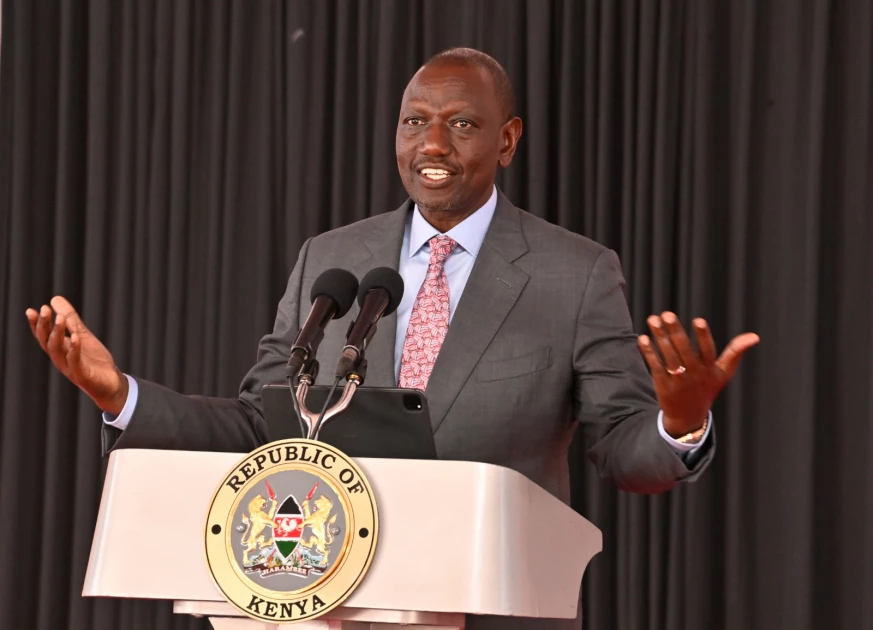In a bold move, Raila Odinga, the leader of Azimio, has launched a petition aimed at collecting 10 million signatures by next week in an attempt to remove President William Ruto from power. Odinga bases his petition on Article 1, clauses One and Two of the Constitution. However, it is essential to note that the Constitution outlines specific provisions for the removal of a president, which involve the Parliament and only allow for two grounds: impeachment and incapacity.
The process of impeachment requires a legislator, with the support of at least one-third of all Members of Parliament (MPs), to introduce a motion for impeachment on three specific grounds. These grounds include a gross violation of a provision of the Constitution or any other law, serious reasons to believe that the President has committed a crime under national or international law, or evidence of gross misconduct.
Should the motion gain the support of at least two-thirds of all the members of the National Assembly, the Speaker is then responsible for relaying the information to their Senate counterpart within two days. Upon receiving the National Assembly’s resolution, the Senate Speaker must convene a meeting of the Senate within seven days to hear the charges against the President.
To facilitate the investigation, the Senate, by resolution, appoints a special committee consisting of 11 senators. The primary task of this committee is to thoroughly investigate the allegations and provide a report to the Senate within 10 days, indicating whether they find the allegations against the President to be substantiated.
During the investigations, the President holds the right to appear and be represented before the special committee. The committee’s findings determine the subsequent proceedings. If the allegations are not substantiated, no further action is taken under Article 145 regarding that specific allegation. However, if the special committee finds the allegations to be substantiated, the Senate allows the President to be heard in their defense.
Following this, the Senate proceeds to vote on the impeachment charges. As per the Constitution, if at least two-thirds of all the members of the Senate vote in favor of upholding any impeachment charge, the President shall be removed from office.
Alternatively, in the case of incapacity, Article 144 of the Constitution outlines the grounds for removal as mental or physical incapacity that hinders the President from fulfilling their duties. This process involves Parliament, the Chief Justice, and a tribunal responsible for preparing a report to determine the President’s capability. MPs then vote on the report, and if a majority of all the members support ratifying the report, the President shall be deemed incapable and cease to hold office.
As Raila Odinga’s petition gains attention, it is crucial to understand the constitutional procedures for removing a President, ensuring that any actions taken align with the legal framework established by the Constitution. The process requires careful adherence to the specified grounds and procedural guidelines, emphasizing the importance of upholding constitutional principles in matters of presidential removal.




